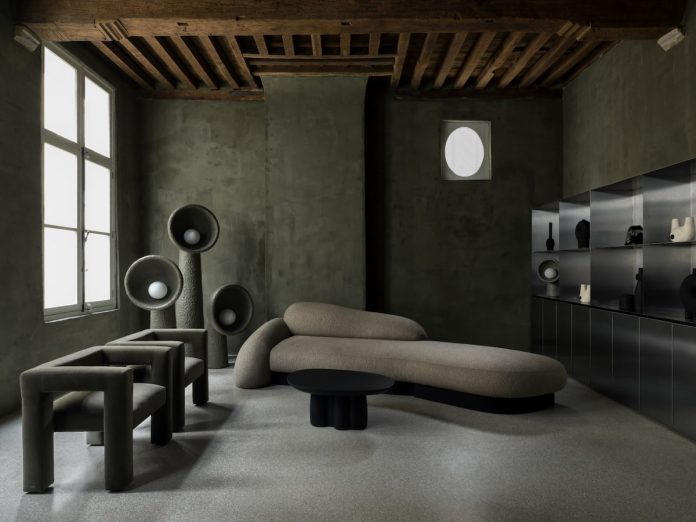“Ukrainian contemporary design is just at the beginning. But it already offers something the world is not accustomed to seeing.” This is the conviction (among many others) of Victoria Yakusha, founder of Faina, one of the most interesting furniture and interior design companies in Kiev, created in 2014 just after the so-called Revolution of Dignity, which also abolished the legal status of Russian as the country’s official language.
Thinking about this today, a year and a half from the onset of the Russian invasion, as the bombs continue to fall it seems almost impossible that the situation has changed completely, after less than ten years.
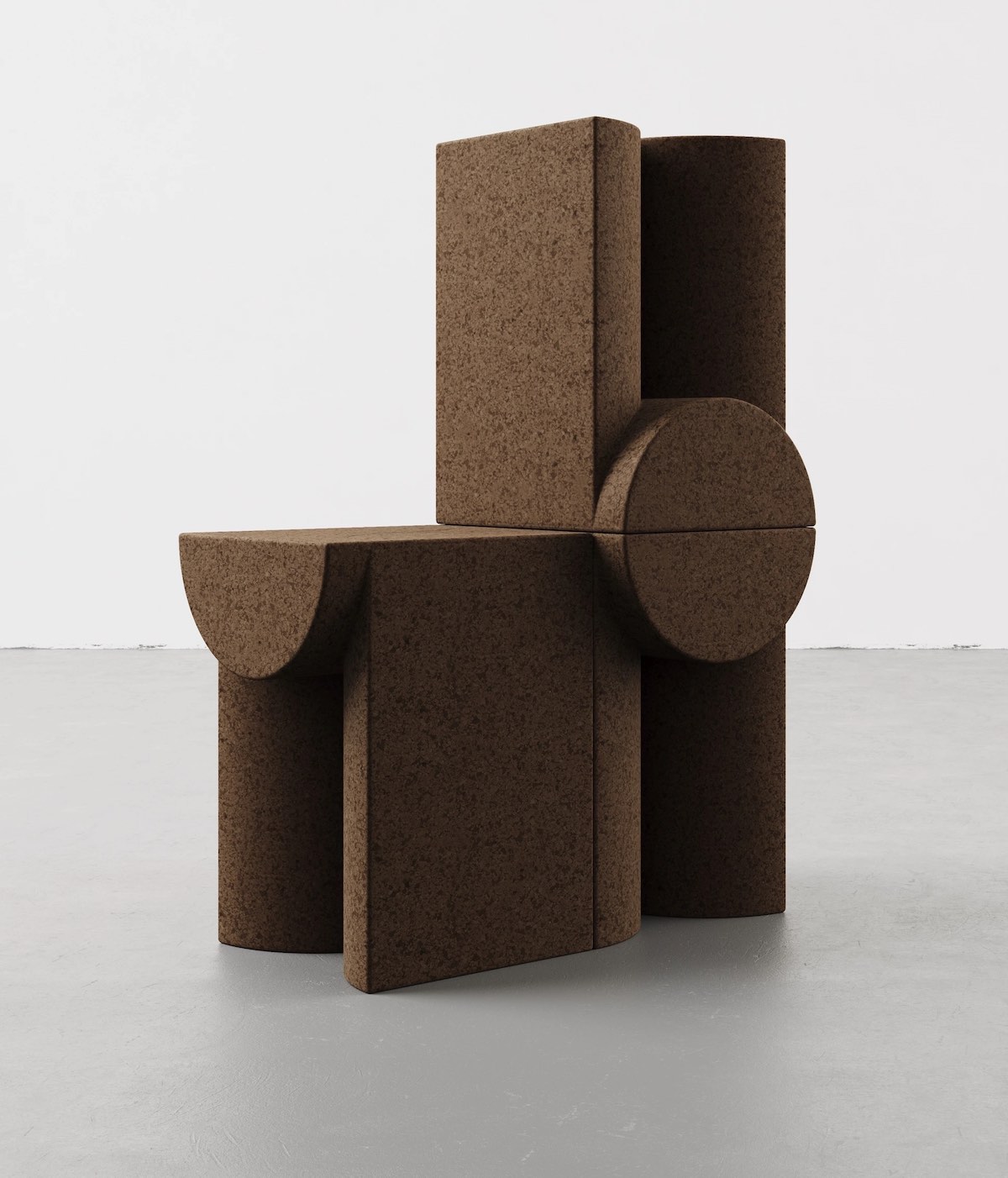
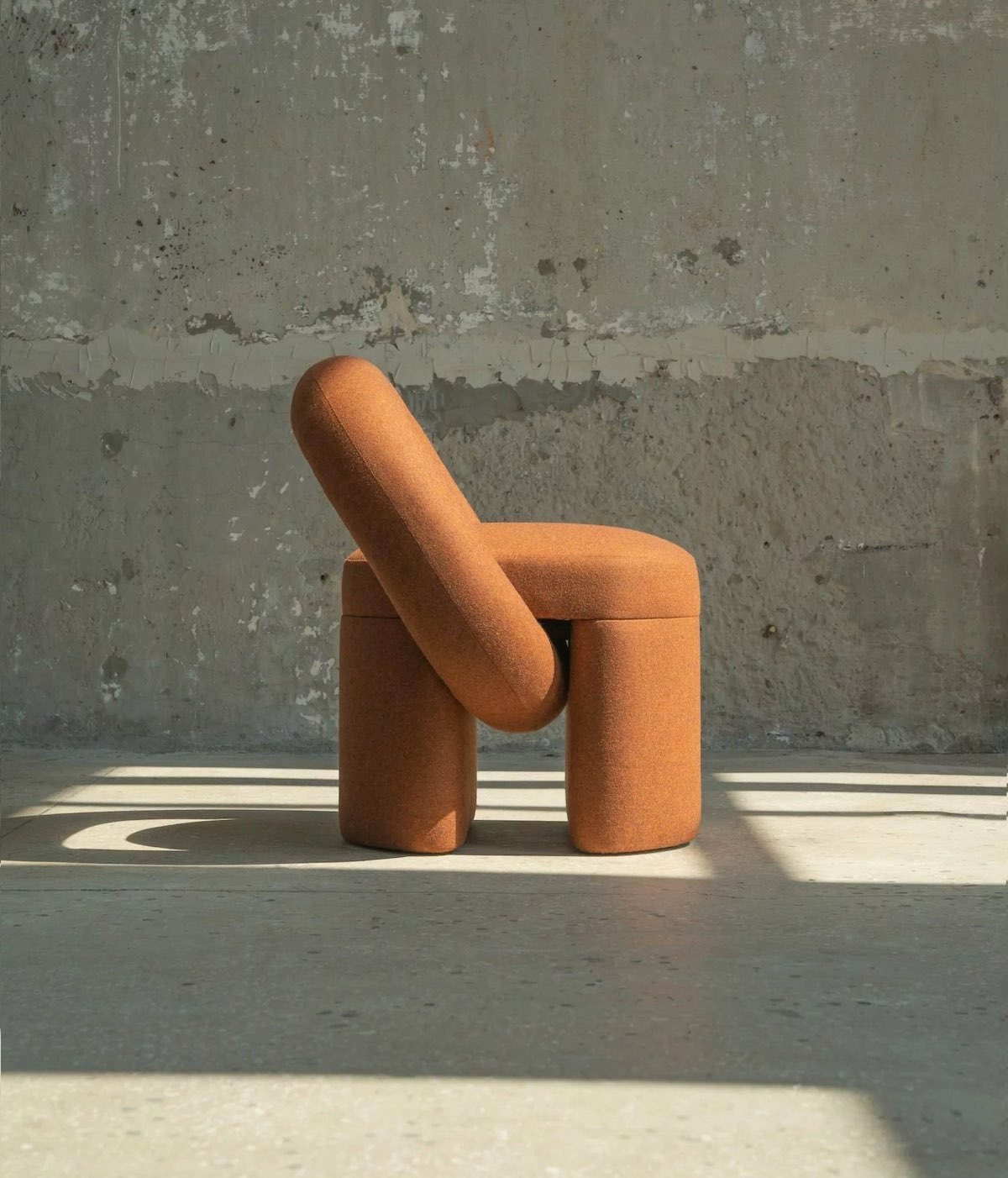
In spite of the disruption that has destroyed the tranquility of the country, what Ukraine hasn’t lost over the months of conflict is undoubtedly its dignity. The increased attention of the world seems to have reinforced the nation’s spirit, its culture and identity, in a drive for overall resurgence in which architecture and design cannot help but take part.
“In our culture,” Serhii Makhno, founder of Makhno Studio, tells IFDM, “you can sense the touch of tradition and innovation as soon as you enter a home. The walls decorated with clay, using nine different techniques, are a good example of craftsmanship rooted in the tradition of the land: Ukrainian design stands out for its fluid forms, the use of materials like clay, wood and metal, and the inclusion of many decorative elements.”

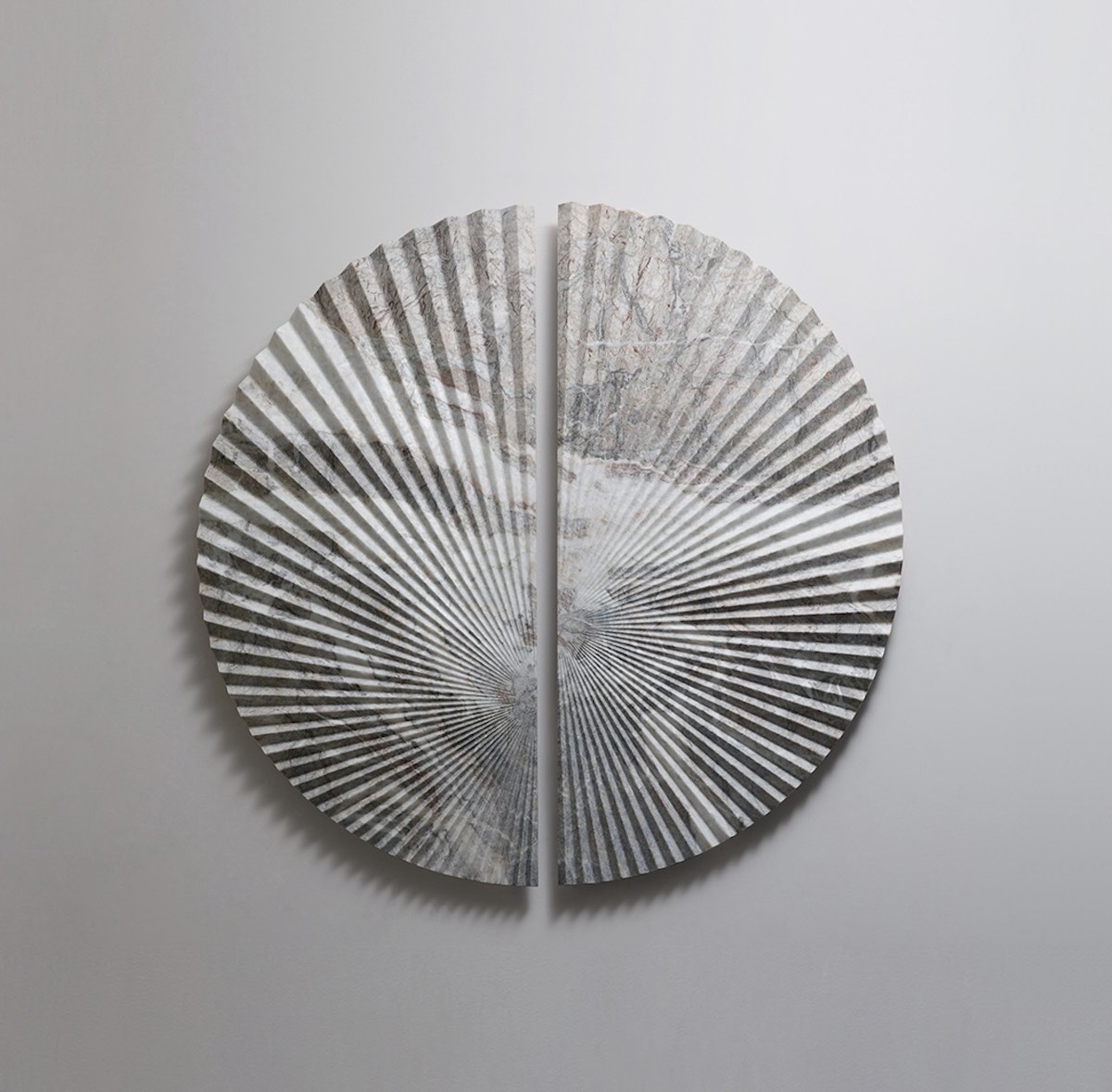
Just like the people, Ukrainian design represents a harmonious mixture of tradition and modernity, a perfect combination of past and future. “Unlike the schism between tradition and modernity often found in European cultures,” Makhno asserts, “Ukrainian design embraces both.”
In effect, a look at just some of the projects presented by Ukrainian talents at the latest Salone del Mobile Milano conveys a glimpse of the fact that the style of Kiev is able to nimbly move along this time line. “To revisit ancient symbols, to revive ancestral crafts, to work with living and primordial materials: our minimalist style explores a sense of belonging to the earth and its essence,” Makhno continues.
But there’s more. According to Roksolana Denys, an architect and urban designer of llab.design, Ukrainian works stand out from the global counterparts precisely for an ability of the people to “live and to come to grips with everything.” It is a matter of resilience, to use a term much in vogue today. “We know how to combine familiar materials and traditional working techniques with the needs of a dynamic present,” Denys says. “So all our projects display a sense of freedom, courage and beauty.”
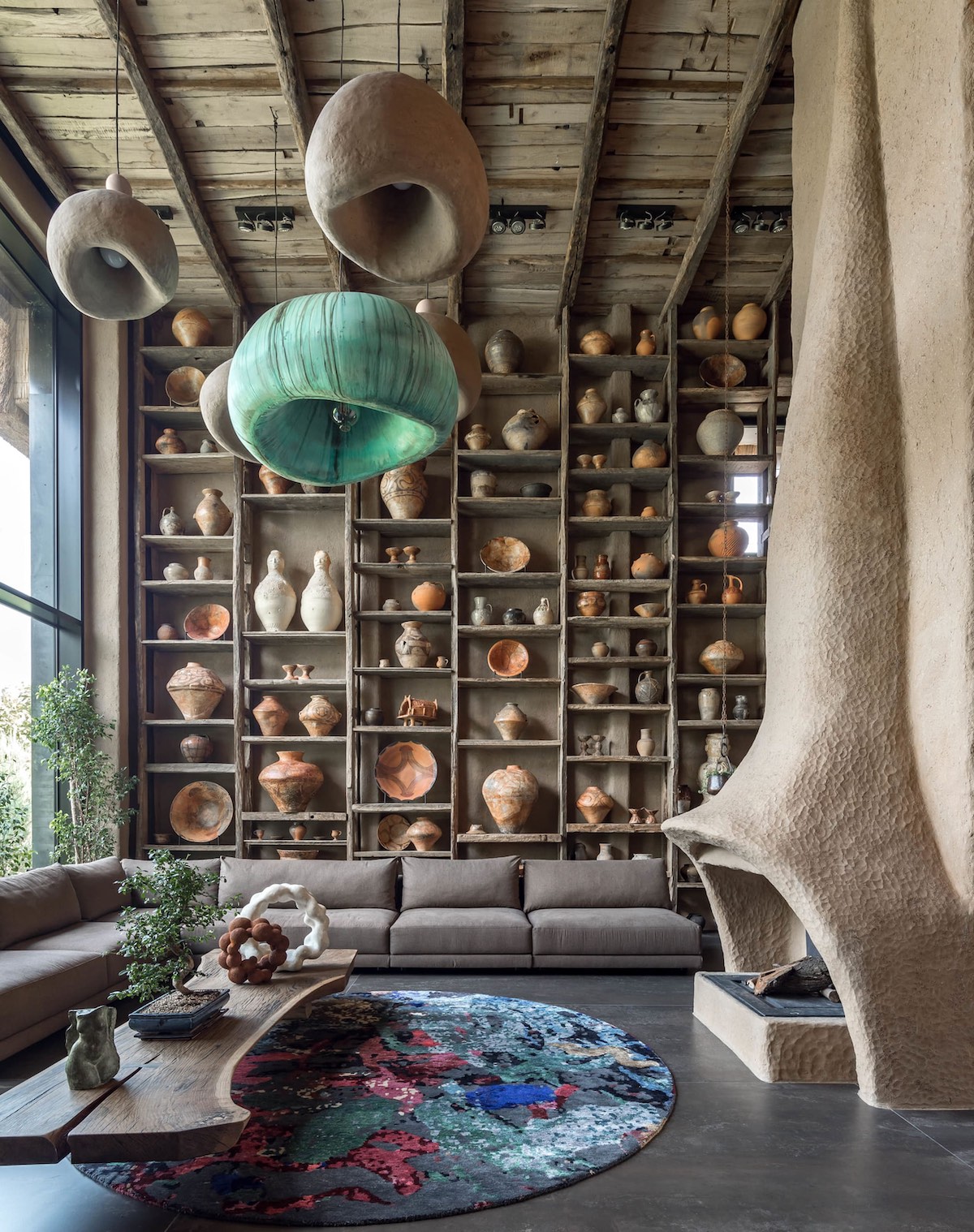
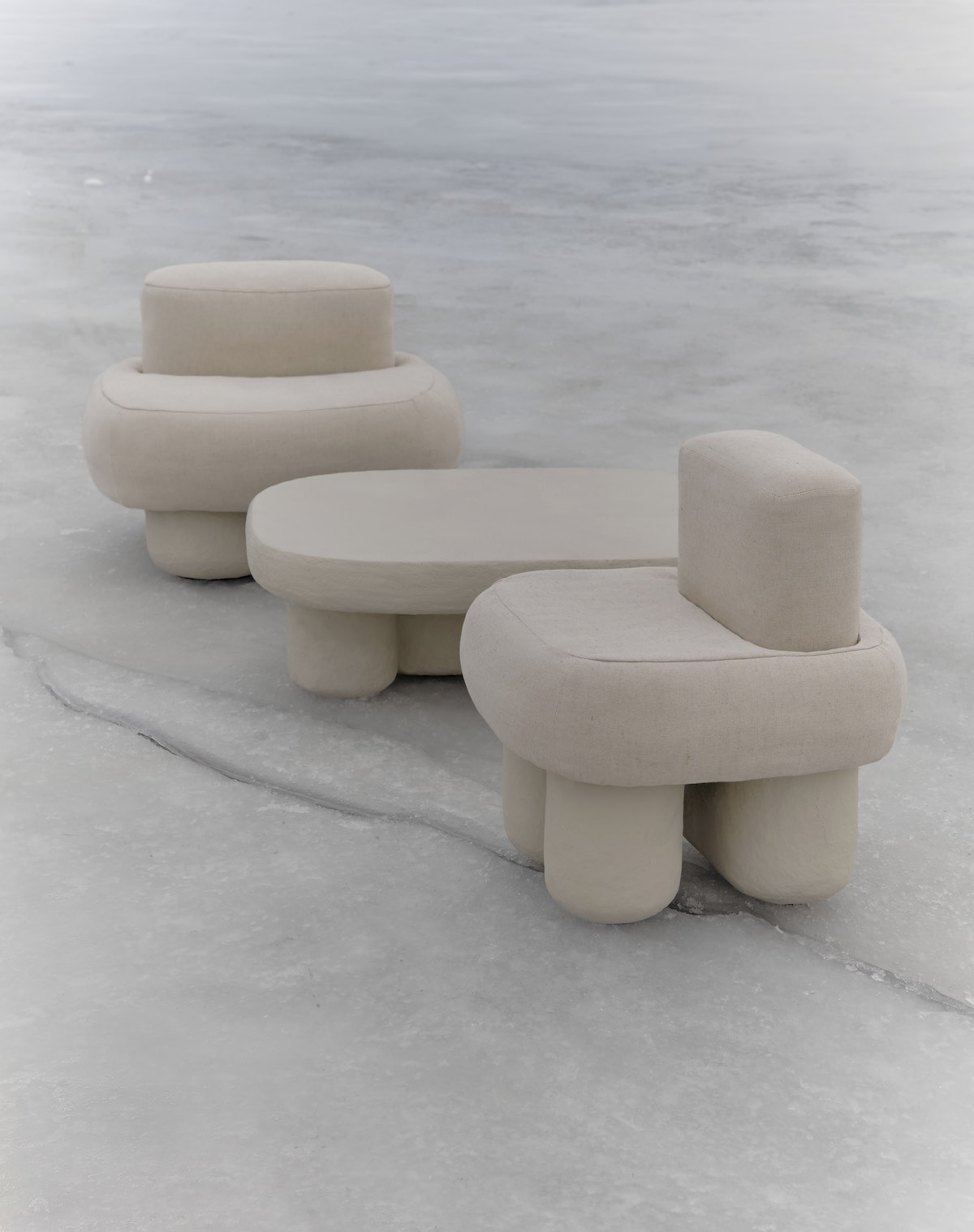
The resistance embedded in this people and their monumental works of architecture is emerging with even greater strength today, in the dark days of a senseless war. Denys explains: “Ukrainian designers are not only continuing to create their products in difficult conditions; they are also demonstrating their talent in sector events, receiving prestigious awards. In particular, this year for the first time there was a Ukrainian pavilion at the Salone del Mobile in Milan, with seven brands that caught the eye of design professionals. And there are many other signs of growing recognition of Ukraine as a center of creativity and innovation.”
Fortunately the war is unable to demolish the desire for rebirth, also based on the designer to create the future and to shape new approaches. “Often periods of conflict have triggered the development of modern styles in design,” Makhno observes. “This does not mean that we are happy about the war. But we know that when villages and cities are destroyed, it becomes fundamental to reconstruct the country, to create a new identity, basing it on a fresh, innovative aesthetic.”
In spite of the present situation and all its challenges, in short, Ukraine has the potential to become a new international design hub. This view is shared by Denys, who says: “In the process of reconstruction of the country we are already seeing a new wave of creative thinking, a sort of renaissance of Ukrainian architecture and design in a contemporary vision. Applying cultural heritage, innovation, sustainability and cooperation, we can grant form to a luminous future for the industry of architecture and design.”
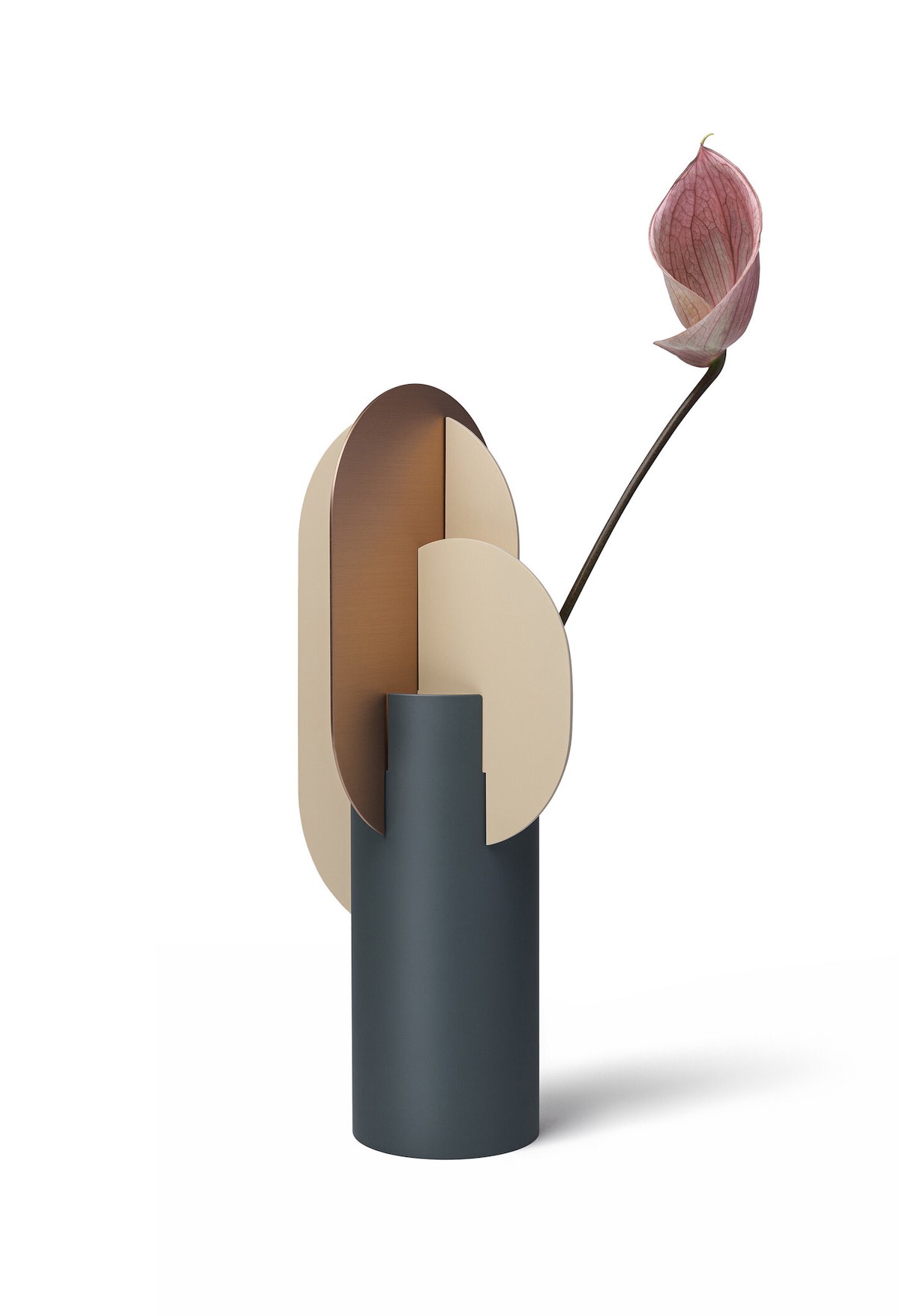
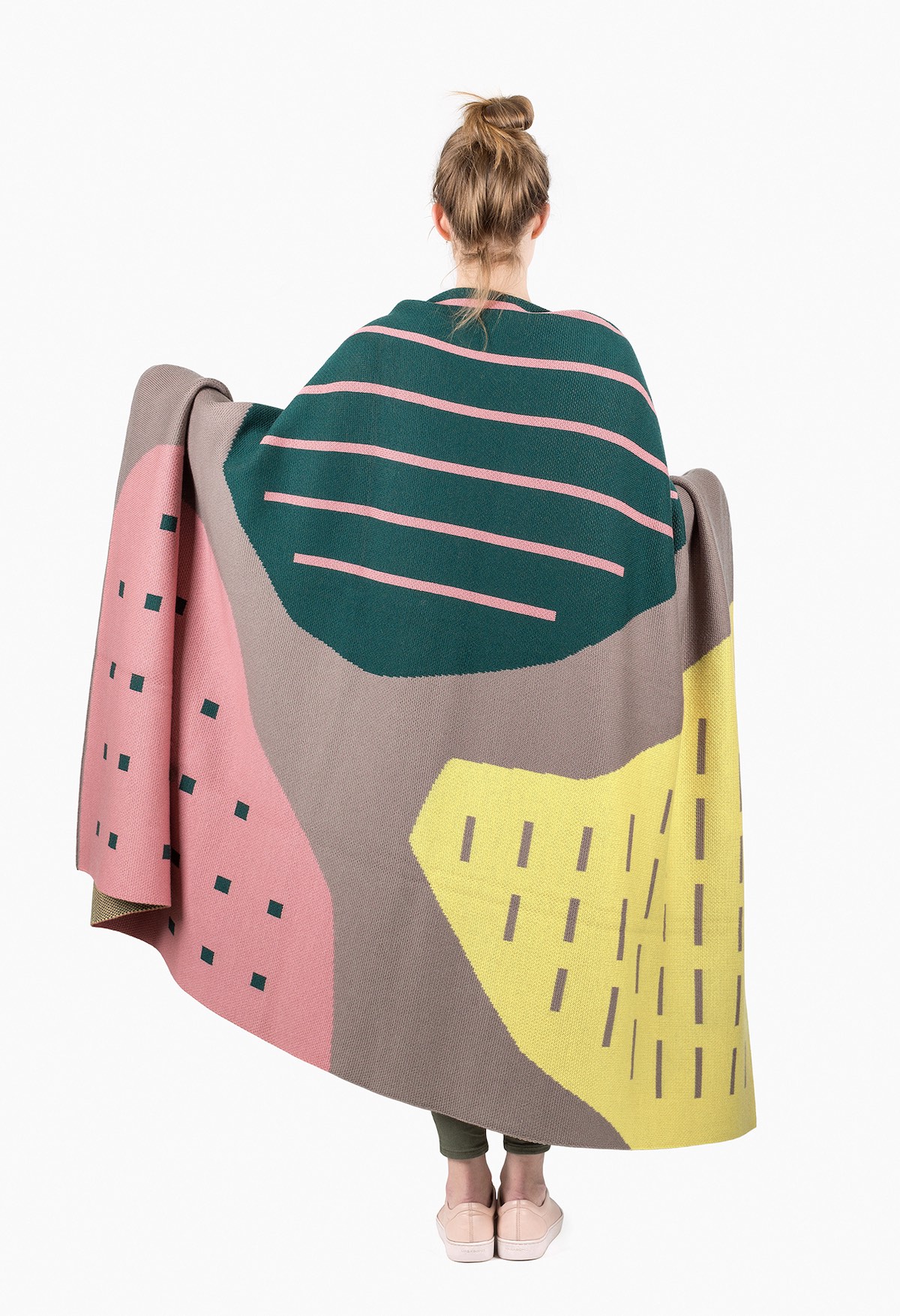
These are not just utopian hopes. The manufacturers active in the country already before the war have learned to work and survive in conditions of exceptional instability: they have had to move their production away from conflict zones, coping with supply interruptions and seeking new partners. They have adapted to everything and “this has made them stronger, more resilient and adaptable to external factors,” says Denys. When the situation becomes more stable in the future, “they will be ready to reactivate, to develop in a dynamic way and to expand in the global design market.”
This objective will be reachable thanks to an updated network of collaboration. “Faced with external aggression, we have united not only to defend our country, but also as a creative community. Instead of competing against each other, we have begun to support one another, working together to develop Ukrainian design and to gain wider recognition on an international scale. Our aim is to draw even more attention from the international community regarding the legacy of our culture and our artisanal products,” Denys emphasizes. So as we were saying at the outset: Ukrainian contemporary design is just getting started along a new path.

